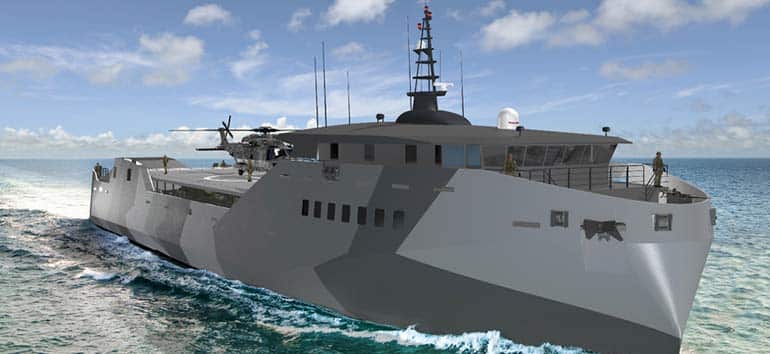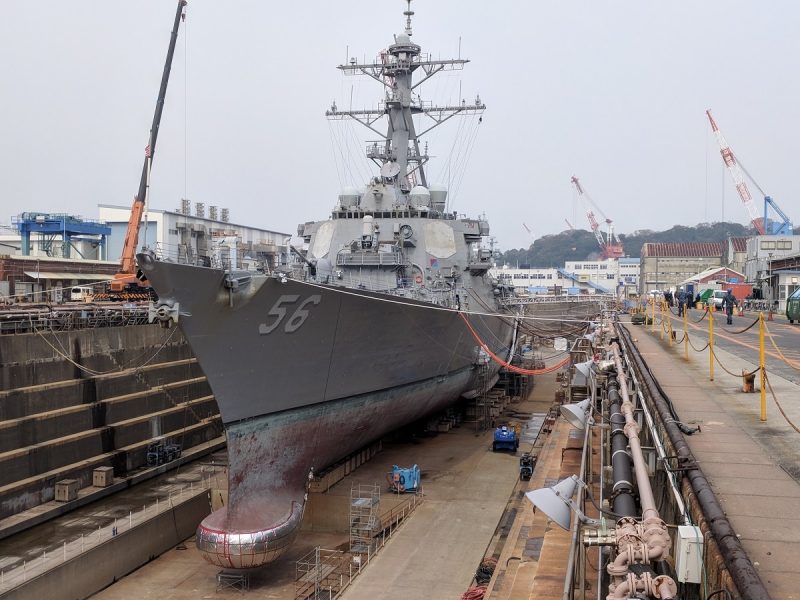Say that the US Navy is going through a period of uncertainties in naval programming It would be an understatement, as it struggles, and this for several years, to propose a firm and effective planning. But the rapid rise in power, and moreover perfectly controlled, of the Chinese naval and naval forces, associated with the return in the making of the Russian maritime power, add to these uncertainties, creating a very palpable feeling of blur for several months in the speech of Pentagon officials. a Govini Think Tank report published a few days ago sheds a particularly interesting light on the phenomenon, pointing to the fact that the planning of current naval constructions did not allow the implementation of the new Distributed Maritime Operations, or DMO, doctrine that the US Navy must implement on the decade to come.
Like the Joint All Domain Command and Control, or JADC2 of the Department of Defense, and Marine Corps Expeditionary Advanced Basing Operation or EABO, BMD is based on the dispersal of detectors and effectors in the theater of operations, while ensuring their consistency and efficiency through a global communication and command system. Unlike a cruiser which carries 112 missiles and an array of sensors in a single ship to ensure anti-aircraft, anti-missile, anti-ship security and land strikes, the DMO offers distribute elements on several supports distributed on the theater so as to ensure its survival through greater discretion and greater mobility, while keeping firepower and detection capabilities intact.

Unfortunately, as the Govini report points out, the planning of the US Navy today does not match the ambitions of this doctrine, since most of the effort is focused on replacing major units with larger units. modern but of the same philosophy, such as the aircraft carriers of the Ford class, the nuclear attack submarines of the Virginia class, the LHAs of the America class, or the Arleigh Burke Flight III destroyers which will replace the Ticonderoga cruisers and the first generation Burkes. In all this panoply, only the arrival of the Constellation-class frigates would correspond to a step in the right direction, but these will be, at best, only twenty in service in 2035, too insufficient a number to play a decisive role for the intended change of doctrine. As for the effort in favor of robotic naval and submarine systems, it remains for the moment too uncertain and of the experimental domain to constitute a real alternative in the short or medium term.

75% of this article remains to read,
Subscribe to access it!
The Classic subscriptions provide access to
articles in their full version, and without advertising,
from 6,90 €.
Newsletter subscription
Register for the Meta-Defense Newsletter to receive the
latest fashion articles daily or weekly

